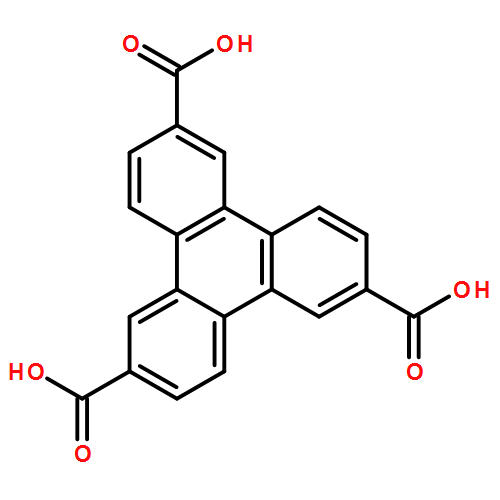Co-reporter: Fangyun Hu, Yunnan Gong, Xuemei Zhang, Jindong Xue, Bo Liu, Tongbu Lu, Ke Deng, Wubiao Duan, Qingdao Zeng and Chen Wang
pp: 4243-4249
Publication Date(Web):28 Jan 2014
DOI: 10.1039/C3NR06320H
A promising approach to create functional nanoarrays is supramolecular self-assembly at liquid–solid interfaces. In the present investigation, we report on the self-assembly of phthalocyanine arrays using triphenylene-2,6,10-tricarboxylic acid (H3TTCA) as a molecular nanotemplate. Five different metastable arrays are achieved in the study, including a thermodynamically stable configuration. Scanning tunneling microscopy (STM) measurements and density function theory (DFT) calculations are utilized to reveal the formation mechanism of the molecular nanoarrays. In general, the transformation process of nanoarrays is regulated by the synergies of a template effect and thermodynamic balance.
